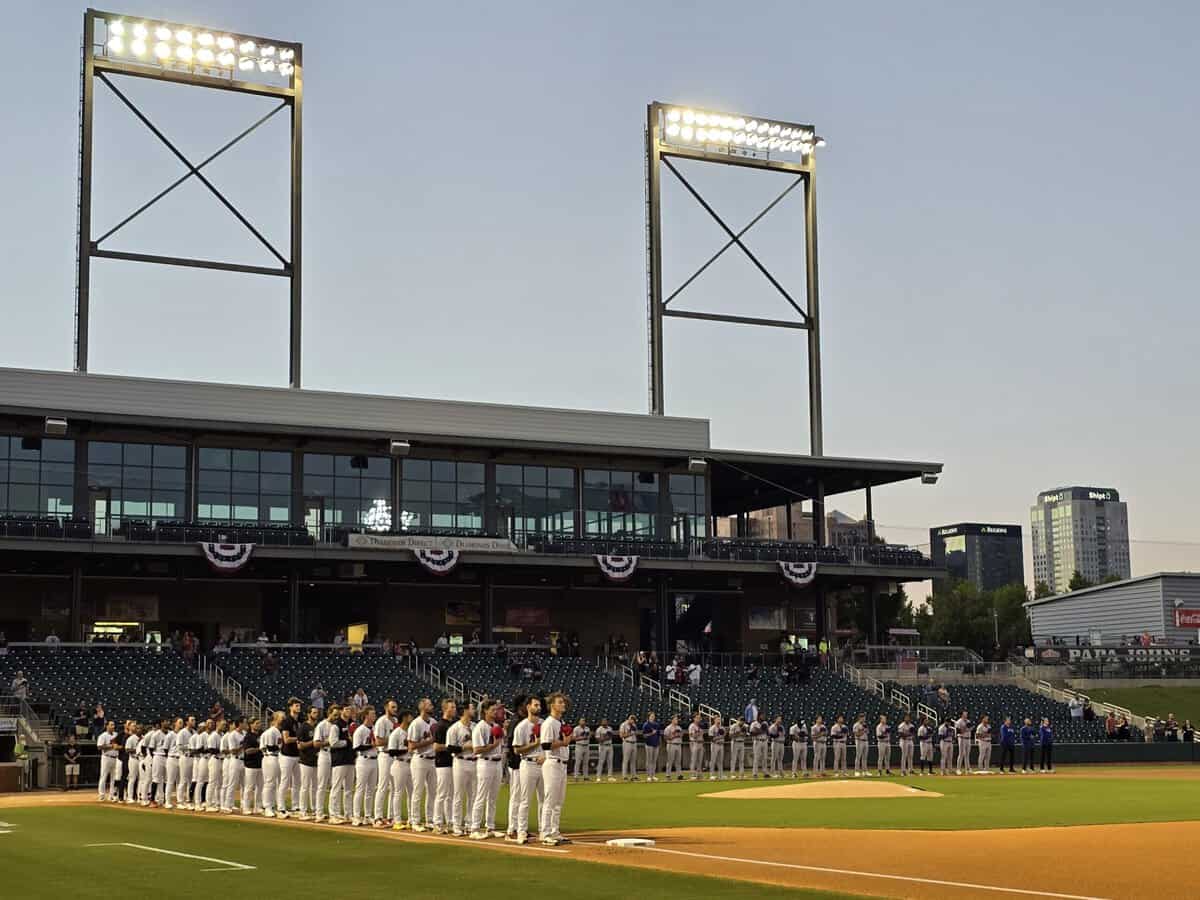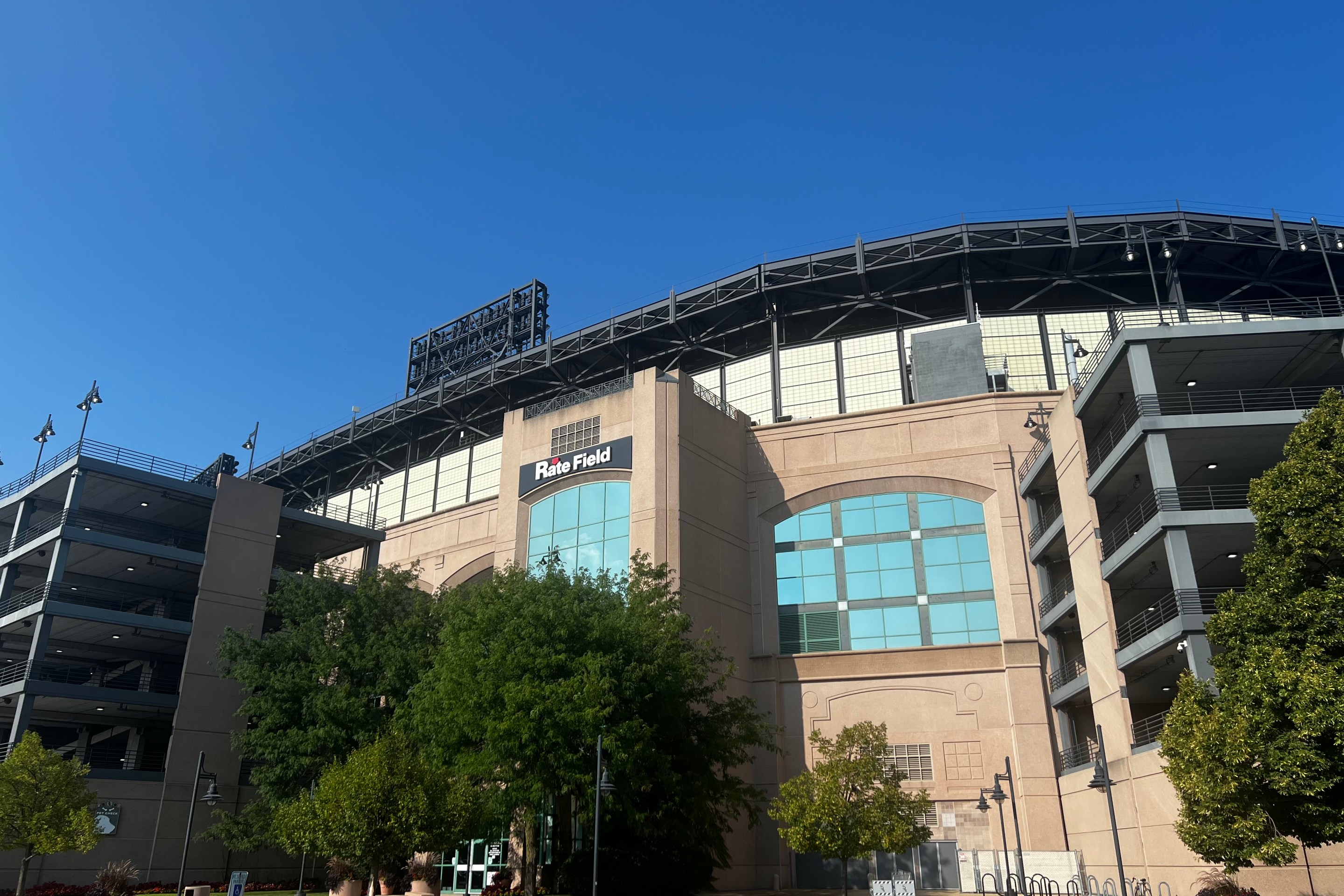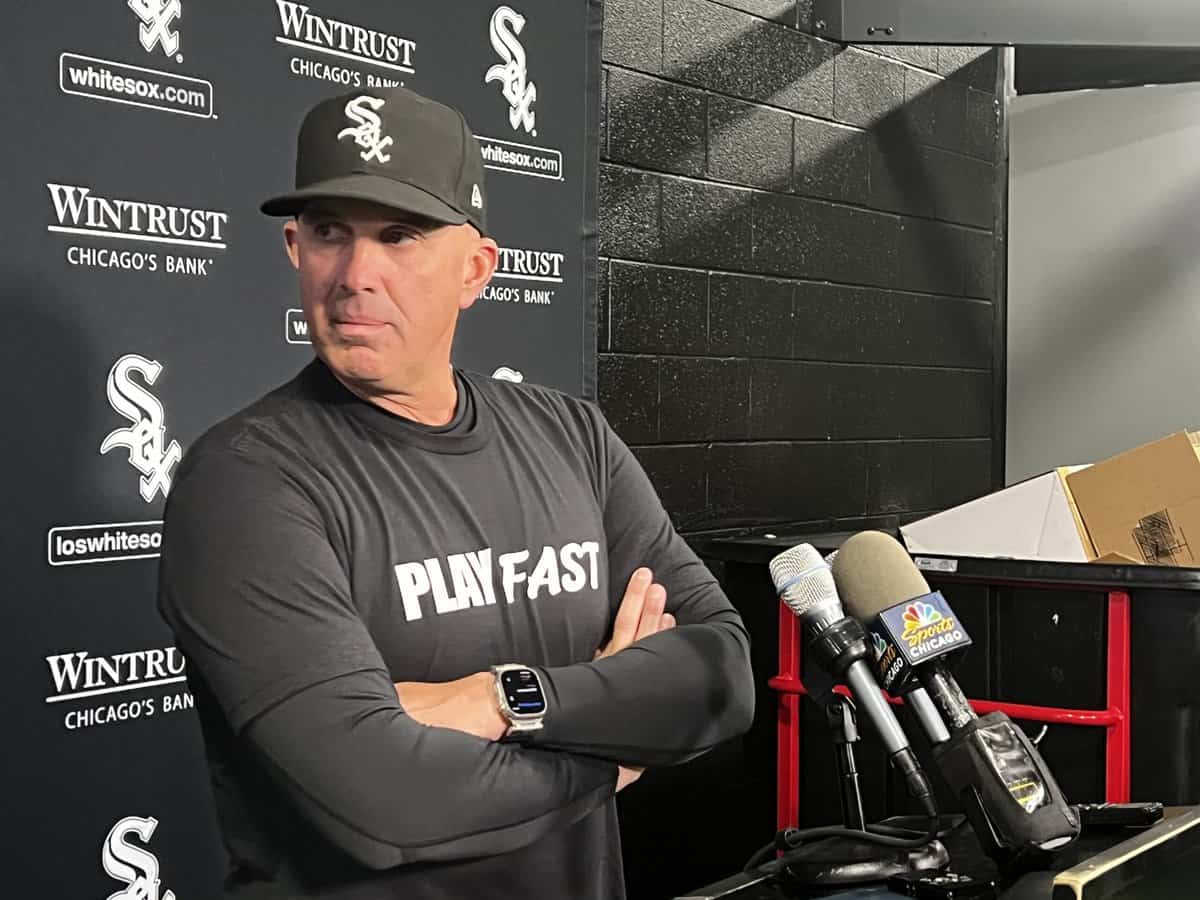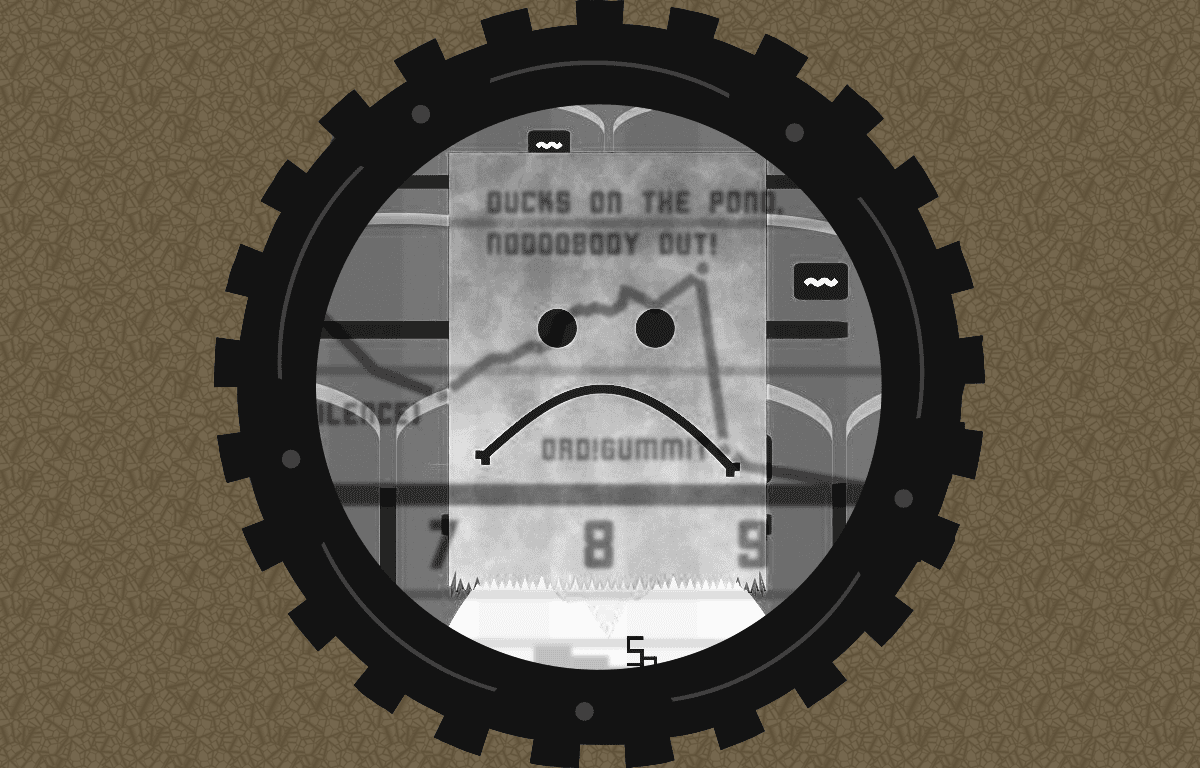When you tally up the season reviews for the six White Sox affiliates, we touched upon nearly 70 different White Sox prospects. You can catch up here if you missed them:
- Charlotte Knights
- Birmingham Barons
- Winston-Salem Dash
- Kannapolis Cannon Ballers
- ACL White Sox
- DSL White Sox
Now it's time to review ourselves.
Back in February, James and I posted our only top 10 White Sox prospect lists for 2024, along with a handful of honorable mentions. Most outlets will revise their rankings during the year, if not several times. It makes all the sense in the world, whether due to the draft, trade deadline activity, graduations, or just plain chasing traffic, but here at Sox Machine, our rankings were left exposed to the elements of the four seasons of the one season.
I'd like to think there's a certain nobility for wearing your first guesses for six months, and going down with the limb that you climbed out on, rather than overwriting the file as fast as possible. Beyond claims of virtue, since we're going to do this all over again in February, there's value in looking at the system as it was, and our estimations as they were, when we try to account for what we might be missing in 2025.
Also, next year's list should be sturdier after the first four. After losing 101 and 121 games the last two seasons, it better be.
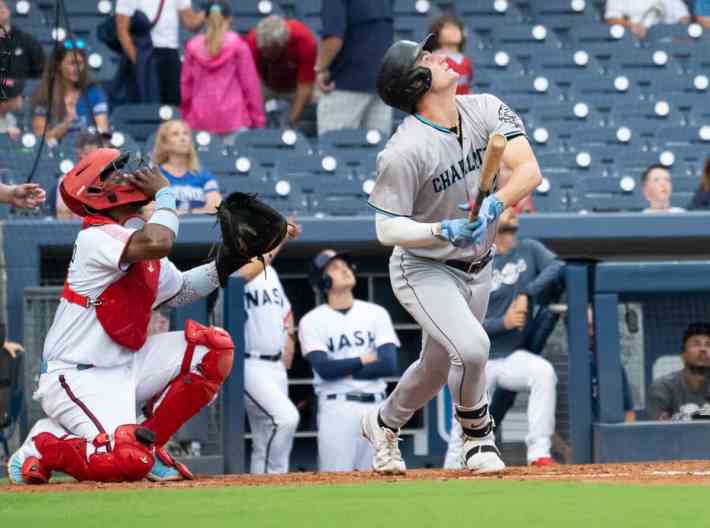
No. 1: Colson Montgomery
James: I don’t really feel bad about this one, because Montgomery was the consensus top prospect at the time, among scouts and public lists. While I’m a cowardly man, the dribs and drabs of reason to doubt (man he’s getting really big, he did strike out a lot in the AFL) didn’t feel like the foundation of a contrarian take while he was rolling.
So much of what felled Montgomery in 2024 seemed like 2024 problems. He did keep getting bigger, prompting mechanical changes to account for how long it takes to get everything moving. He did reach a level of pitching where being able to track fastball location was no longer a wizard key. He did by his own admission become pull-happy in the homer haven that is Truist Field.
It is informative that the big question entering 2024 was whether he was a rebuild-leading star or a big league regular, because the latter possibility provokes less panic and confusion about such protracted struggles. Then I remember we’re still not sure if someone six-foot-five, 230 pounds can be a shortstop.
Jim: In hindsight, I think there were maybe reasons to doubt the hit tool at the end of 2023, if only because a .244 average at Birmingham isn’t all that impressive, and then the strikeouts ballooned on him in the desert. But removing him from the top prospect spot probably would’ve been overly reliant on something like the back problem permanently altering his mobility, which I would’ve had no confidence in saying. Also, nobody else really deserved strong, sure consideration for No. 1. That situation has changed.
Jim: I acknowledged in the write-up that my support for Ramos ran the risk of being overly bullish, but I wouldn’t have had him lower than fourth, and he had edges over the next two names by stringing together multiple healthy seasons and thriving in a linear fashion. The severe platoon splits he displayed in 2023 could’ve been heeded harder, but then again, Ramos performed evenly against both righties and lefties in 2024. He just dug such a deep hole that he was equally unimpressive against either.
James: Not only did Quero author arguably the most successful season of any Sox hitting prospect, he did so in a media-friendly fashion. Which is to say he was good for the reason he said he was going to be good in spring training, as his offseason conditioning allowed for a more athletic setup at the plate, which in turn produced more hard contact driven in the air.
Quero’s defense is the sort that earns plaudits from pitchers and coaches for his effort and bedside manner rather than physical ability, but catching still provides a very high floor to his profile. He’s gone from potential catcher of the future, to the 2025 White Sox catching plans being centered around how soon Quero will be ready. It still wound up being wrong to put Quero above Schultz, but for reasons that were my fault rather than Edgar’s.
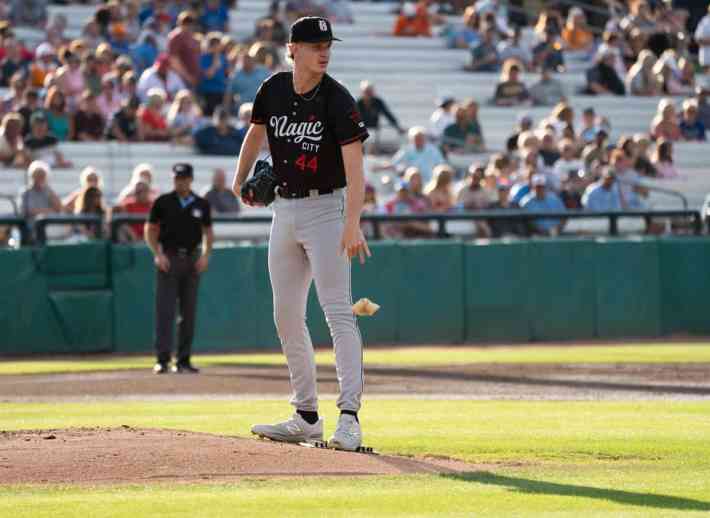
No. 3: Noah Schultz
Jim: Sometimes I reverse-engineer my rankings by thinking about the potential realistic outcomes, and how dumb I’d feel about not seeing them before they happened. In Schultz’s case, throwing fewer than 30 professional innings over 1½ years -- and Tommy John surgery not being the reason why -- opened the possibility that he’d never get out of the prototype stage for some of the myriad reasons why 6-foot-9-inch (now 6-foot-10-inch) pitchers are so seldom seen.
Now that he’s proven capable of posting regularly, even if on an unorthodox schedule, he’s graduated into the realm of standard pitcher caveats. Those are still scary, but they’re always scary.
James: If I want to be a crank, and this organization certainly invites such behavior, Schultz’s four-inning limit precluded him from actually answering my preseason questions about his ability to shoulder a starter’s workload. Still it’s strangely comforting that Schultz has comported himself as the inverse from the typical big, physical freak pitching prospect. His control and delivery repeatability – despite being six-foot-10–project better than his bat-missing. Having a massive lefty who pours in strikes, sits mid-90s and already has a signature secondary pitch is the sort of project you dream of handing to Brian Bannister.
Jim: I wanted to see a little more Double-A power or defensive improvement to put Quero higher, just because I couldn’t look past the idea that the Angels screwed him up by having him skip High-A for no good reason. Well, he showed more Double-A power and defensive improvements, and it turns out that the Angels have no real idea what they’re doing. They’re the one California team the White Sox should feel comfortable trading with.
James: It’s good that we put Ramos this high. Because between a massive slump while repeating a level, a surprise major league cameo where he looks predictably overwhelmed, a lot of looking meh at Triple-A before they figured out a mechanical fix, sometime around his one-day late-August cameo in Chicago, it felt germane to ask: Is Bryan Ramos good? And then we could look back at this list and see that yes, he is.
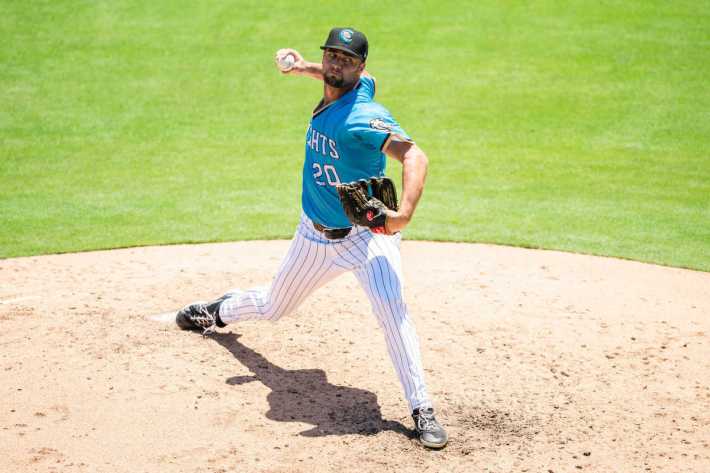
No. 5: Nick Nastrini
James: At the time, at the time, the prevailing reliever risk in Nastrini seemed contravened by the fact that he was looking better than ever and was on the verge of making the White Sox rotation. Now his past history with the yips looks less like someone who had to become process-oriented early and more just like a long history of control problems. And reliever risk feels more like reliever probability, since it’s likely the more expedient route for him to contribute to the big league club.
Jim: Another at the time factor was that the White Sox hadn’t acquired Drew Thorpe yet, so Nastrini really stood out against the pack of pitching prospects on the strength of posting consecutive 100-inning seasons, and showing some of his best stuff toward the end of 2023. This ranking could still be somewhat justified if his stuff plays up in transition to the bullpen.
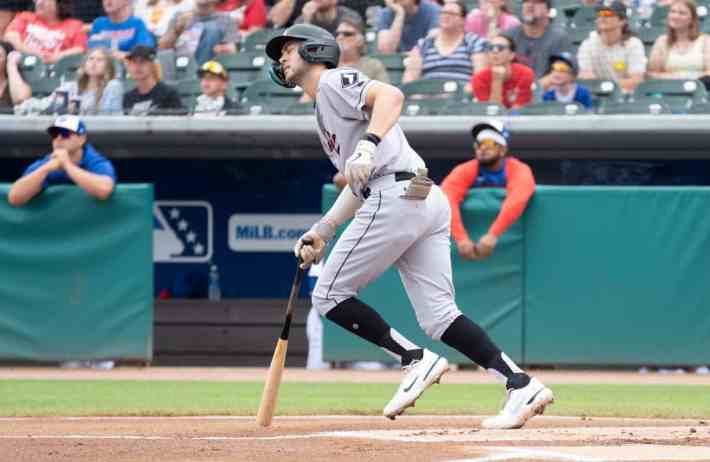
No. 6: Jacob GOnzalez
James: I have a lot of crank opinions about Gonzalez I’d love to lean into more. After winning a College World Series at Ole Miss, he was clearly jazzed about playing games of consequence again and dominated the Southern League playoffs. It would be cool if something like that proved representative. A lot of Gonzalez’s quotes seem to reveal a high level of dysfunction in his offensive development, but I’m of the mind that he’s more uniquely honest about the discomfort that comes with mechanical tweaks than uniquely adrift, which is part of why I obviously would love to have his voice in the White Sox clubhouse someday.
That said he’s a bat-first college infielder who hasn’t hit much in pro ball, so more typical crankiness is earned.
Jim: This was less a prospect ranking and more of a line of demarcation between grades of certainty. In hindsight, we could’ve just raised that bar one spot higher to incorporate Nastrini.
Jim: If there’s one blind spot I have – or if there’s one blind spot I’m well aware of – it’s that I can get a little bit carried away with guys who address one glaring question, because that makes me think they’re capable of addressing others, as though they’re checking off items on a to-do list. Previous examples include Ramos looking like a good third baseman, and Lenyn Sosa hitting for power, and here it was seeing that Veras moved a helluva lot better than the “probable first baseman” forecasts had me believe, and so it came down to whether Veras could improve his plate discipline enough to draw a few more walks, or at least get the ball off the ground more.
Except it turns out that’s the really difficult one. I’d castigate myself further, except Veras hit .310/.389/.474 over his last 43 games, drawing 20 walks against three double plays. Maybe I should put him in the top five next year?
James: It fits that this was Kenny Williams’ last trade, a coda for a decades-long search for power arms with power stuff on the premise that the fix for their control could be found in-house. Covering this organization for eight seasons, blogging about them for seven more before that and watching them for even longer have predisposed me to overrating this player profile.
What I’m saying is, it’s not my fault. Covering the White Sox makes you overly sympathetic to things that haven’t been in working order since 2021. Eder looks like a future reliever right now, and probably another command cue away from being an effective one.
Jim: Eder staved off the complete disaster scenario that his immediate post-trade performance hinted at, but he still represents Williams’ hubris (and even lured Brian Bannister into a similar trap). Like Nastrini, he can validate this ranking somewhat with a switch to relief.
James: Since I had Cannon in the top-10 before he turned in 124 average-ish major league innings as a rookie, and Jim didn’t, this is a great opportunity to say Naaaaaaaailed it! And if you have one takeaway from this writeup, let it be that.
But since Cannon was touting a different arsenal in spring than he had in 2023, a different arsenal during his initial April call-up than spring, and still another one when he returned to the majors for good in June, being high on him was rooted in broader concept like his tall, traditional starter’s frame, his adaptability, or just having the sort of brain where he’s always exploring a better way of doing things.
Some might have projected Cannon’s traits that far out, but I got lucky.
Jim: With Fletcher, I saw a guy who was basically on the doorstep of being a 2 WAR right fielder on the strength of his defense and OBP skills against right-handed pitching (figuring he’d be shielded from enough lefties to avoid dragging down his numbers). Instead, he played some of the best defense by an outfielder this year and still finished below replacement level due to the complete lack of pop. I should’ve known better than to put a number on a White Sox right fielder, because that position is cursed.
James: Having seen Burrowes up close in person now thanks to our Patreon supporters, he really does have the sort of obvious athleticism that jumps out at you the moment he steps on the field and lends confidence that he can stick at shortstop long-term. But just as those raw ingredients are hard to ignore, the level of offensive struggles he had at Kannapolis are harder. Playing most of the season at age 19, I’d like to think he’s a victim of the contracted minor leagues and would have been a fun Great Falls Voyager under better circumstances. But even preaching the utmost patience with him involves placing him far lower.
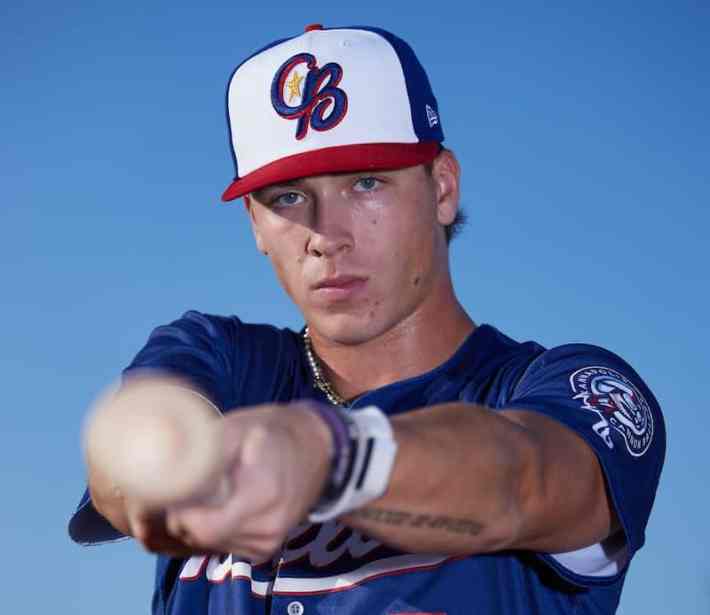
No. 10: George Wolkow
James: I have met George in person, interviewed him multiple times and watched him play in multiple settings since we ran this list, and perhaps nothing needs to be changed from what we wrote last time. Maybe not even the ranking.
His tools are electrifying and hilarious. He’s built like Bill Brasky on a keto diet. He can hit the ball a million miles per hour, and if he even plays 100 career games in the majors he will be someone every Statcast freak tweets about to the point of annoyance. Wolkow’s swing-and-miss issues are daunting and multifaceted to the degree that success feels unlikely. But the sheer ceiling, and his singular dedication, always make him worthy of mention among the top talents in the organization.
Jim: I have not yet met George in person, but since we’re both from Downers Grove, maybe I'll see him around town during the holidays. It'd probably be hard to confuse him for somebody else.
honorable Mentions
| Jim Margalus | James Fegan |
|---|---|
| Jonathan Cannon Jordan Leasure Grant Taylor Brooks Baldwin Ronny Hernandez Ryan Burrowes | Dominic Fletcher Zach DeLoach Prelander Berroa Sean Burke José Rodríguez |
Jim: Cannon was an easy pick for No. 11. I just couldn’t figure out his most reliable path for missing bats, and while that’s still kind of the case, I underrated his dogged determination in searching for ways around any limitations. Taylor looks good here, but that was purely based on draft status. In terms of actually developing a hunch through observation, Baldwin was my best individual prospect call of 2024, and that’s because he started playing shortstop – and a decent one – in High-A, which opened up the top end of the defensive spectrum. This is probably going to keep me overrating guys who develop in one pleasantly surprising way, but I gotta be me.
James: Feel like I wound up being the last person to mention Popeye in an honorable fashion for a prolonged chunk of time. With all the four others falling into the bucket of cracking the majors but not enough to make a significant impact, this feels like the right home for them. With the way relievers are valued nowadays, the truly exceptional ones are worth more than what we used to mean when someone was projected to the bullpen. Berroa has the stuff to be that, but the erratic nature of his delivery shows why pinning him to the top half the organizational prospect list is risky. Burke looked more than ready to make an impact in his September cameo, but since his shoulder kept him out of big league camp in spring, even Sean didn’t fully know the force his stuff would come back with at that point.
